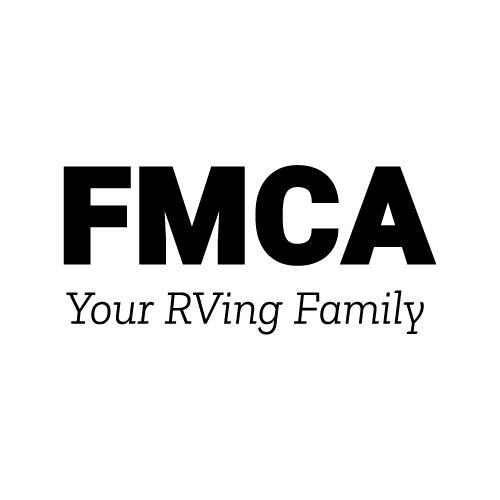Introduction
The transportation industry is a vital part of the American economy, ensuring the movement of goods and services across the nation. However, with this vital role comes a complex web of regulations and permits that carriers must navigate. To streamline this process and reduce administrative burdens, the Federal Motor Carrier Safety Administration (FMCSA) introduced the Unified Registration System (URS). This article explores the significance of the FMCSA Unified Registration System and how it simplifies permitting for motor carriers.
Understanding the FMCSA Unified Registration System (URS)
The FMCSA Unified Registration System (URS) is a comprehensive online platform designed to consolidate various registration and permitting requirements for motor carriers. It simplifies the registration process and replaces multiple forms with a single, user-friendly system. URS is a one-stop shop for carriers, brokers, and other industry stakeholders to manage their registration, permitting, and compliance needs. FMCSA Permits
Key Features of the URS
-
Streamlined Registration: With URS, carriers can complete and manage their registration, including obtaining a USDOT number, Motor Carrier (MC) number, and Hazardous Materials Safety Permit (HMSP), all in one place.
-
Faster Processing: The URS expedites the processing of applications and updates, reducing wait times and allowing carriers to get on the road more quickly.
-
Efficient Updates: Carriers can easily update their registration information, making it more convenient to keep records current and compliant.
-
Payment Processing: URS allows for secure online payment of registration fees, making financial transactions faster and more convenient.
-
User-Friendly Interface: The URS platform is designed to be user-friendly, with clear instructions and prompts to guide users through the registration and permitting process.
-
Integration with Other Systems: URS integrates with other FMCSA systems, such as the Licensing and Insurance (L&I) system and the Safety Measurement System (SMS), ensuring data consistency and accuracy.
Benefits of the FMCSA Unified Registration System
-
Reduced Administrative Burden: The consolidation of registration and permitting requirements simplifies administrative tasks for carriers. They can complete multiple processes in one place, saving time and effort.
-
Cost Savings: By reducing paperwork and streamlining processes, URS helps carriers save on administrative costs associated with registration and permitting.
-
Improved Compliance: The user-friendly interface and faster processing times make it easier for carriers to stay compliant with FMCSA regulations, reducing the risk of penalties and fines.
-
Faster Access to Permits: Carriers can obtain the necessary permits more quickly, allowing them to start their operations sooner.
-
Enhanced Data Accuracy: Integration with other FMCSA systems helps ensure that registration and compliance data is accurate and up-to-date.
Steps to Use the FMCSA Unified Registration System
-
Create an Account: Visit the FMCSA URS website and create an account if you don't already have one.
-
Log In: Log in to your URS account to access the registration and permitting services.
-
Complete Registration: Follow the on-screen instructions to complete your registration, including obtaining a USDOT number, MC number, and any required permits.
-
Pay Fees: Use the secure payment system to pay any applicable fees.
-
Maintain Compliance: Regularly update your registration information and ensure ongoing compliance with FMCSA regulations.
Conclusion
The FMCSA Unified Registration System (URS) is a game-changer for the transportation industry, simplifying the often complex and time-consuming process of registration and permitting. By consolidating multiple requirements into a single user-friendly platform, URS reduces administrative burdens, enhances compliance, and improves overall efficiency for motor carriers. Embracing this innovative system not only saves time and resources but also helps ensure that carriers can focus on their core operations while remaining compliant with FMCSA regulations.
